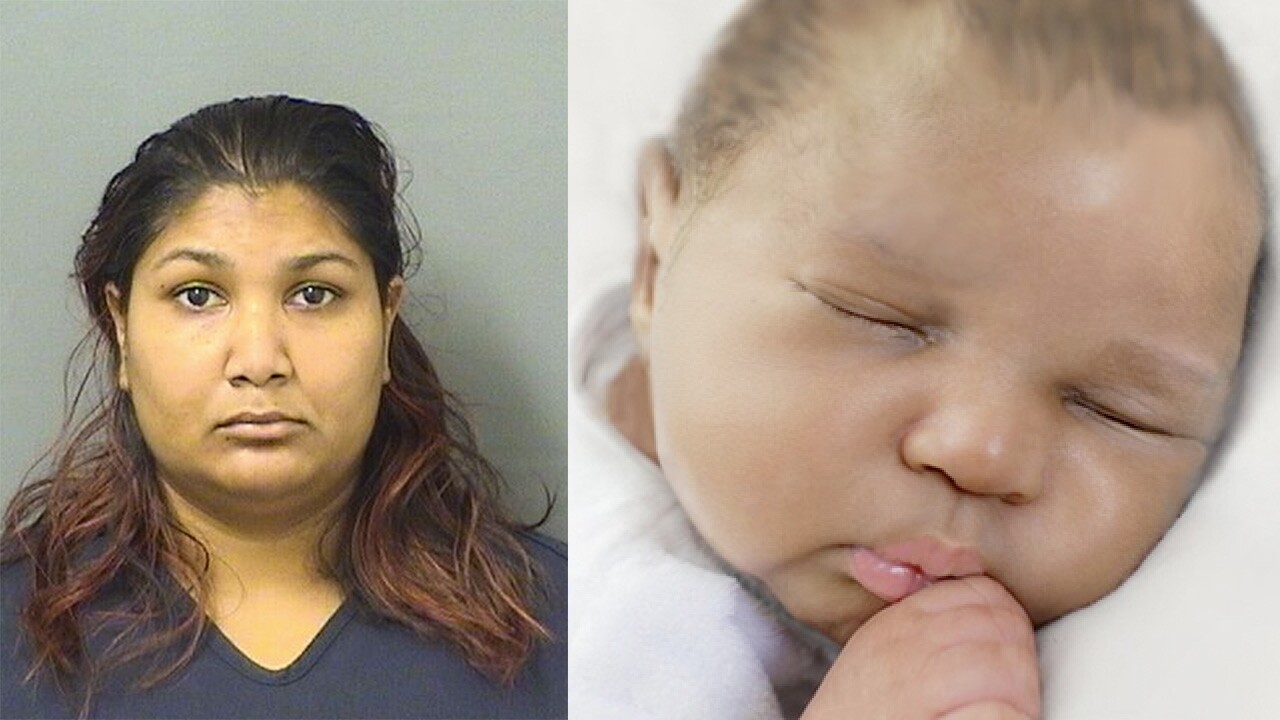DELRAY BEACH, Fla. — WPTV is taking a closer look at the technology used to find and arrest the mother of "Baby June," a newborn baby found floating in the Boynton Beach Inlet in June 2018.
Palm Beach County Sheriff's Office investigators announced Thursday they have identified and arrested the infant's mother more than four years later, crediting a genealogy database that helped locate the father.
During a news conference, Julie Sikorsky, the forensic scientist supervisor of the Palm Beach County Sheriff's Office Forensic Biology Unit, said the exact term is investigative or forensic genetic genealogy.
"We did develop a profile from the deceased child; it went into COTUS, which is the national DNA index system, and we had no matches," Sikorsky said. "Over the years, we continued to work on this case. We received the DNA, and we uploaded it into a publicly available database called Family Tree DNA. We received a close relative."
Family Tree DNA, the agency's website, uses the same technology as GEDmatch, a genealogy database launched by Curtis Rogers from his Lake Worth Beach home in 2010.
"I came up with some tools that were really good for genealogists, and I wanted to share them," Rogers said.
Rogers, who now lives in Delray Beach, walked WPTV through the process of investigative genetic genealogy.
GEDmatch compares autosomal DNA to find potential relatives. It also is used by law enforcement agencies across the country to solve violent crimes.
Rogers said in the case of "Baby June," the first step in finding a relative would be to get the infant's DNA from a forensic scientist and then upload it to the database.
"It would tell me which people match her," Rogers said.

The next step, Rogers said, is narrowing down those matches.
"How much of the DNA matches?" Rogers said. "If it's a lot, obviously, it's a closer match."
The final step is deciding which matches share the same heritage as "Baby June."
"It involves building family trees," Rogers said.
That's a roadblock the genealogist himself ran into when he tried to find the child's mother four years ago.
"It was a very unique, unusual heritage, and that's probably why I didn't see any distant matches on our website," Rogers said.
Rogers said he's always wondered about Baby June's case and took an interest in it early on.
"I remember reading it in the newspapers," he said. "It was the first case that I knew of near my hometown, so I got interested in it right away."
Rogers thought he'd never see the infant's case solved.
"I thought it would be extremely complicated," he said.
Now, seeing the case closed, Rogers said he has closure, not caring whose website solved the case, happy that a child who was once a mystery now has a story.
"That's important," he said.
While Rogers' website, GEDmatch, was not the website that ultimately solved Baby June's case, GEDmatch has helped solve more than 500 cases across the country, including the infamous "Golden State killer" case.



